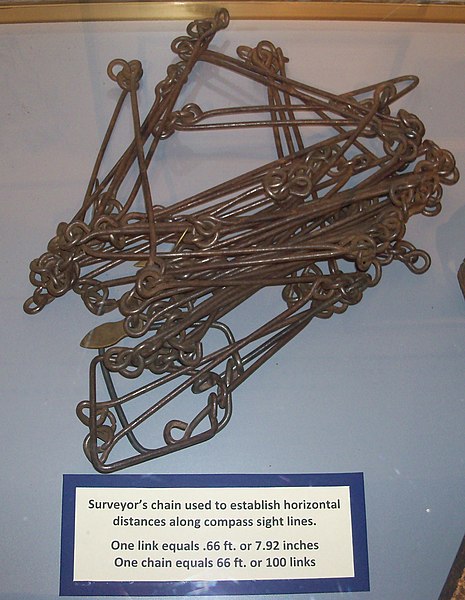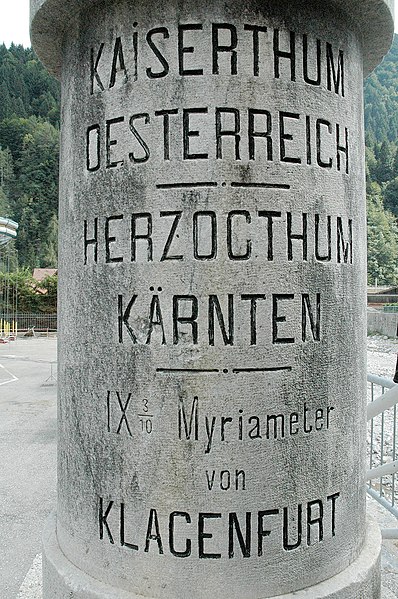Metrication in the United Kingdom
Metrication, the process of introducing the metric system of measurement in place of imperial units, has made steady progress in the United Kingdom since the mid-20th century but today remains equivocal and varies by context. Most of government, industry, commerce, and scientific research use the metric system. Imperial units are officially used to specify journey distances, vehicle speeds and the sizes of returnable milk containers, beer and cider glasses, fresh milk is often still sold in multiples of pints, with the metric equivalent also marked, and precious metals are sold by the troy ounce. Metric units must be used when selling other packaged or loose goods, and imperial units can stand alongside the metric units, but it cannot stand out more than the metric units. Imperial units are also often used to describe body measurements and vehicle fuel economy. The national curriculum requires metric units and imperial units that still remain in common usage to be taught in state schools.

Loose tomatoes for sale at a UK greengrocer in 2013, dual-priced in imperial (£0.99/lb) and metric (£2.18/kg) units. Signs like these do not comply with legislation, as metric prices must not be less prominent.
An example of the United Kingdom’s dual system of measurement in operation. All cars are required to have MPH and KM/H displayed.
Gunter's chain – one of Britain's earliest decimal‑based measuring devices (each link being 1⁄1000 furlong or 200 mm) greatly simplified the measurement of land area.
Queen Victoria opens the Great Exhibition in the Crystal Palace in Hyde Park, London, in 1851. Judges in the exhibition were hampered by the variety of units of measure in use.
Metrication or metrification is the act or process of converting to the metric system of measurement. All over the world, countries have transitioned from local and traditional units of measurement to the metric system. This process began in France during the 1790s, and has persistently advanced over two centuries, accumulating into 95% of the world officially only using the modern metric system. Nonetheless, this also highlights that certain countries and sectors are either still transitioning or have chosen not to fully adopt the metric system.
National Convention decree of April 1795 establishing the metric system
Conversion table in an 1848 German schoolbook showing the metric equivalent of the foot in use in over two dozen countries, including several German states
Johann Jacob Baeyer, founder of the Europäische Gradmessung
Stone marking the Austro-Hungarian/Italian border at Pontebba displaying myriametres (10 km), a unit used in Central Europe in the 19th century








